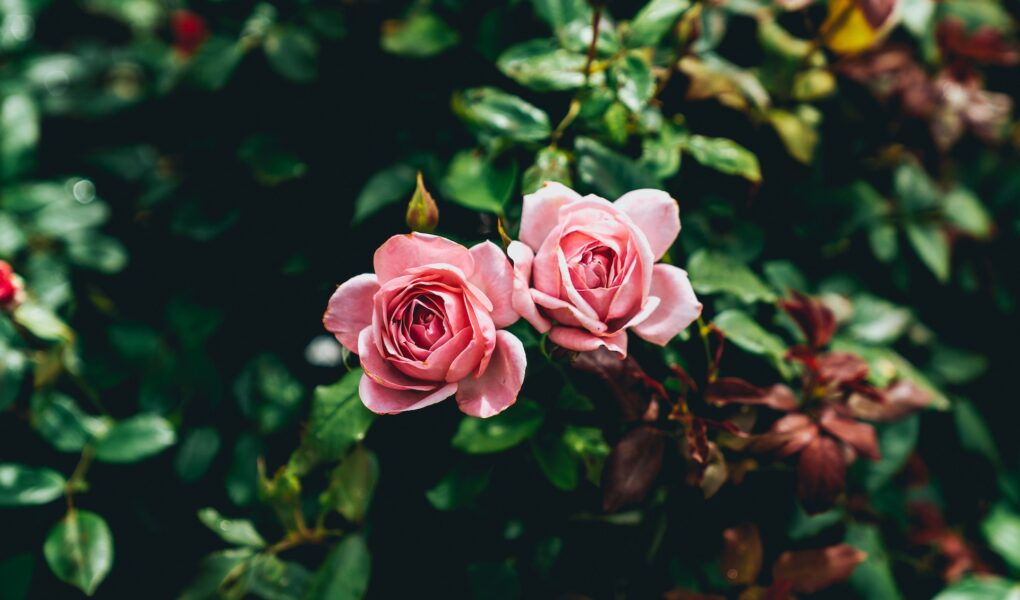Red roses are still the number one Valentine’s Day flower choice, but more people are experimenting with new colors and styles. Whether you’re looking for a traditional bridal or hip hot pink, plenty of options are available.
Another popular choice is freesias. Depending on their color, these flowers can convey several meanings, including innocence and purity.
Anthurium
The Anthurium is a popular houseplant that brings color to any room with vibrant flowers. It’s available in various shades and can bloom for months without much attention.
It’s also an easy plant to care for. Water once a week and feed it with a good houseplant fertilizer, like a phosphorus-based formula.
If it gets plenty of bright light, your Anthurium will thrive! It also likes to be placed in humid conditions.
If you notice your Anthurium’s leaves start to turn brown, likely, it’s not getting enough sunlight. This is especially true if you live in an area with many cloudy days!
Overwatering your Anthurium is another common problem. This can cause the roots to become brown and mushy. You should invest in a humidifier or mist it regularly.
Anemone
Anemones, commonly known as windflowers, come in various colors. They’re a popular flower in bridal bouquets. Still, they also work beautifully in a garden with eucalyptus or wildflowers and make a gorgeous gift for your loved one on Valentine’s Day from valentine’s flower Northampton PA.
Anemone coronaria, commonly called poppy anemone, is a tuberous-rooted perennial that flowers in fall or spring. It is hardy in most areas.
Red and pink anemones have a history of being symbols of love. They are said to have originated from mixing Aphrodite’s tears with the blood shed by her lover, Adonis.
Christian art often depicts them as a symbol of Christ’s blood on the cross. White anemones have a more positive meaning, as they symbolize innocence and sincerity.
Tulips
Whether celebrating Valentine’s Day or wanting to add color to your garden, tulips are perfect. This family of flowers is known for its rich and varied colors, silky petals, and elegant forms.
Various species and hybrids are available, including those with a long history of reliable blooming and low maintenance. These dependable types can withstand wet winters and will naturalize in a hot, free-draining site if you don’t allow them to dry out completely.
They’re also a significant choice for perennializing, naturalizing, and forcing. Their rich, long-lasting blooms create eye-catching displays ideal for landscaping, edging walkways, or as an accent in an arrangement.
The latest trends in the tulip family include feathery or ruffled flowers called parrot tulips. These exotic-looking varieties feature large cup-shaped blooms in red, pink, orange, yellow, green, and white shades.
Roses
While red roses are still the go-to choice for a Valentine’s Day bouquet, more and more women are opting for pastel shades. Pink, lavender, and yellow roses are now some of the most popular color choices for Valentine’s Day.
There are more than three hundred species of roses, with tens of thousands of cultivars and hybrids. They can erect shrubs and climb or trail plants.
Most are native to Asia and Europe. Hybrids and species have been created by crossing varieties from these regions, resulting in various types with various habits and colors.
A few, however, are native to North America and northwest Africa. These have become the backbone of modern rose breeders and revolutionized how this flower is grown.
The latest trend in the rose family is to create a new group of shrub roses that are hardier and require less care than their hybrid counterparts. These are great for landscapes and attracting bees, birds, and butterflies to your garden.




